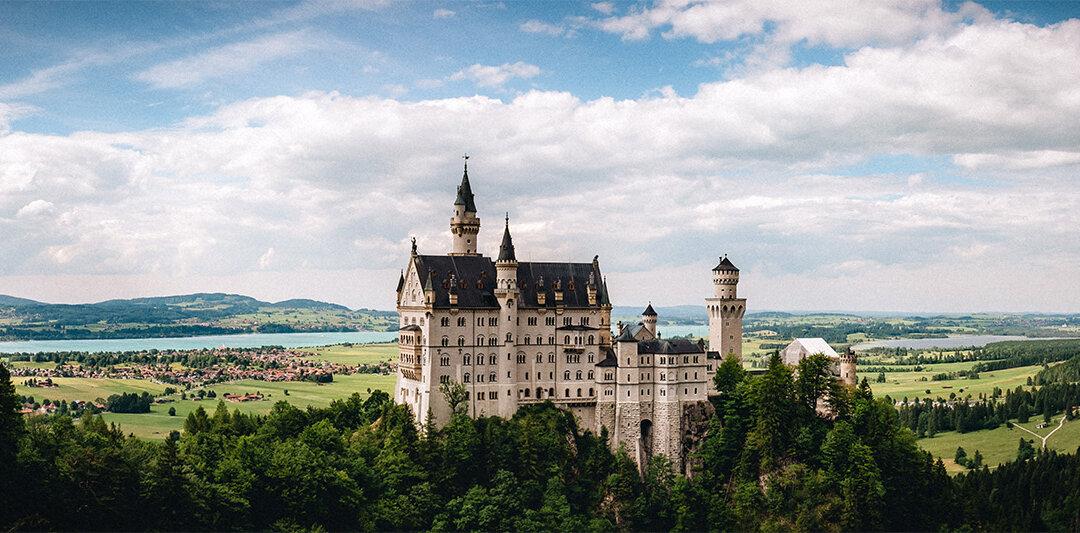“It is my intention to rebuild the old castle ruin of Hohenschwangau ... in the authentic style of the old German knights’ castles.”
That sentence, written by king of Bavaria Ludwig II to his friend and protégé, Richard Wagner, started the incredible architectural project that became Neuschwanstein Castle. Not only did he build an architectural marvel, but he also contributed to Bavaria’s cultural heritage.






